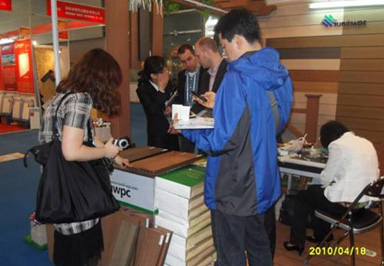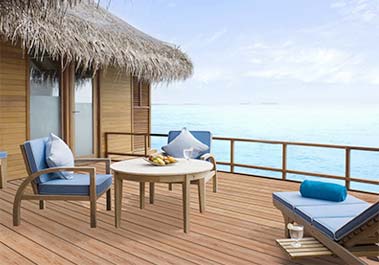When selecting composite cladding panels, understanding the material composition is crucial. These panels typically consist of a core material sandwiched between two outer layers, often made of aluminum, wood-plastic composites, or fiber cement. The choice affects the panel’s durability, weather resistance, and maintenance needs. High-quality composite cladding panels resist moisture, UV rays, and corrosion, ensuring a long service life even in harsh environments.
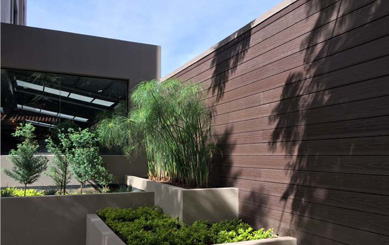
Composite cladding panels come in a variety of finishes, colors, and textures to suit different architectural styles. Whether you prefer a natural wood look, metallic sheen, or vibrant colors, the panels should complement your building design. Additionally, consider the panel size and installation pattern, as these influence the overall aesthetic impact and ease of installation.
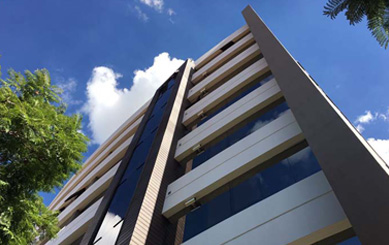
Ease of installation can significantly reduce labor costs and project time. Choose composite cladding panels designed with interlocking systems or simple fixing mechanisms. Maintenance is another key factor; panels that require minimal upkeep, such as easy cleaning and no painting, are preferable for long-term cost savings and appearance retention.
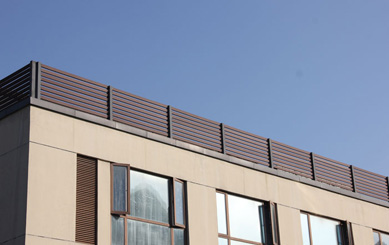
Sustainability is becoming increasingly important in construction. Select composite cladding panels made from recycled or eco-friendly materials that comply with environmental standards and building codes. Additionally, consider fire resistance ratings and insulation properties, which affect safety and energy efficiency.
| Criteria | Key Points |
|---|---|
| Material & Durability | Moisture & UV resistance; corrosion-proof |
| Aesthetic Options | Variety of colors, textures, and finishes |
| Installation & Maintenance | Easy fitting systems; low upkeep requirements |
| Environmental Compliance | Eco-friendly materials; fire safety and insulation |
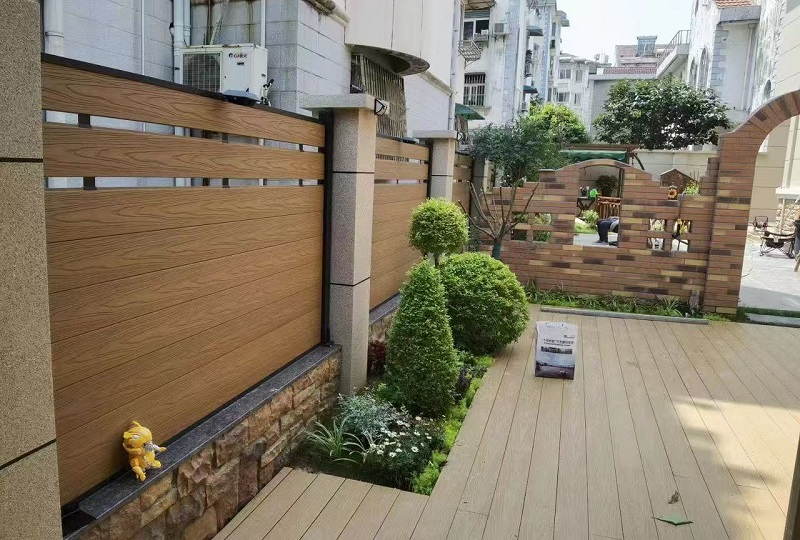
Choosing the right composite cladding panels involves balancing durability, design, ease of installation, and environmental factors. By carefully considering these aspects, you ensure that the panels not only enhance your building’s appearance but also provide lasting protection and sustainability.
